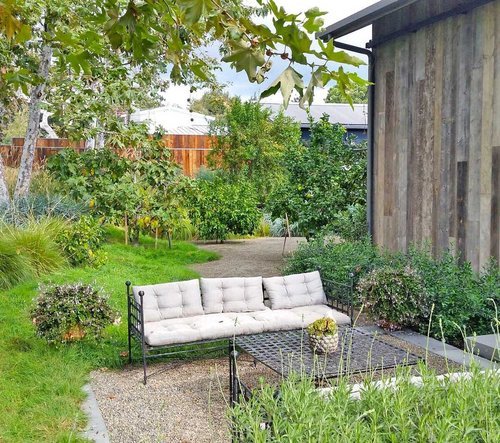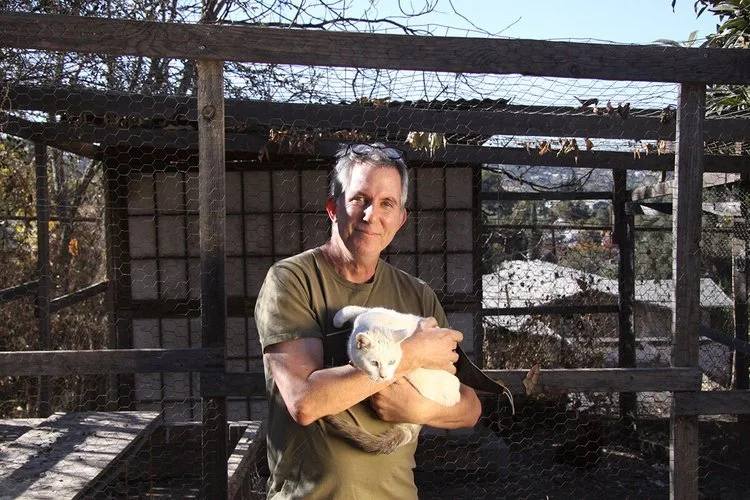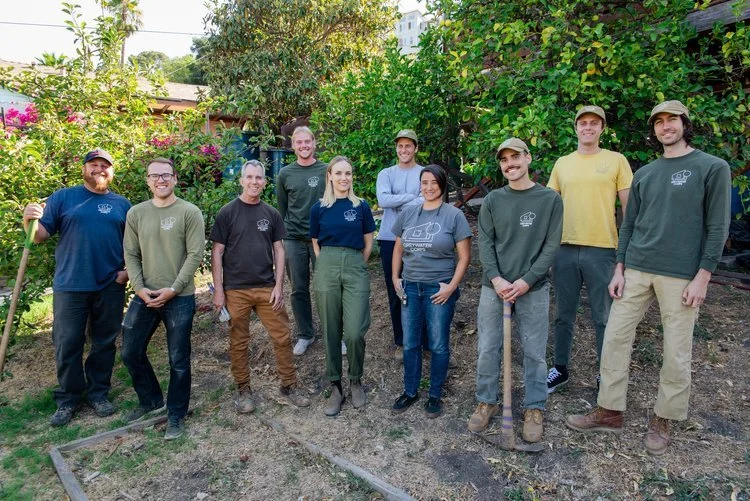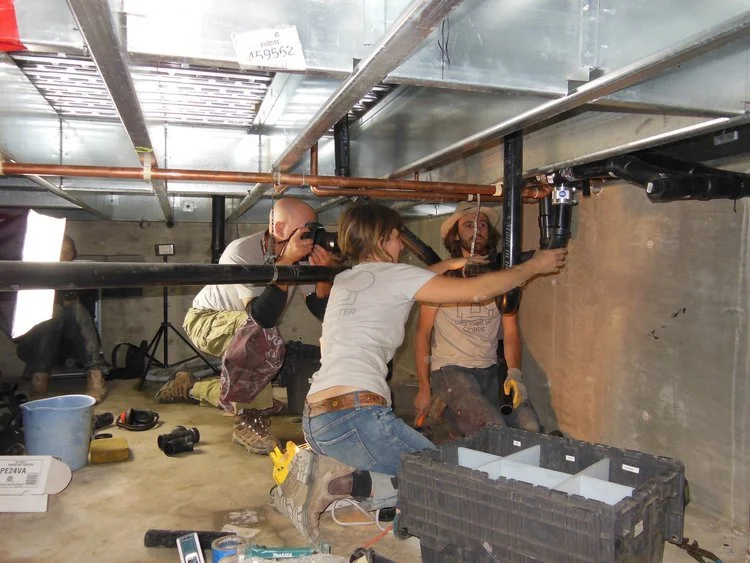How Greywater Systems Can Help You Save Money And Water: An Interview With Leigh Jerrard Of Greywater Corps
Greywater Corps is one of the most experienced greywater and rainwater irrigation installers in Southern California, with 600+ systems built since 2009 | Greywater Corps
An American family of four uses an average of 300 gallons a day. That’s a lot of water - 100,000 gallons a year! In Southern California where I reside, the problem is compounded because our water comes from remote sources - the Sierra Nevada Mountains, the Colorado River - pumped hundreds of miles to get here, over mountains and across deserts. There’s also a huge carbon footprint involved with that: moving and treating water accounts for 19% of all electricity used in the state of California.
But now the problem is getting dire because there simply isn’t enough water. The current megadrought is the worst in over 1,200 years. Even when it does rain, global warming is disrupting our supply, which is based on year-round snowpack in the Sierras. There’s less snow, and it melts too soon.
But there is something you can do. Most homes use about half their water indoors and half outdoors, for irrigation. The indoor water use is mostly greywater: bathtubs, showers, laundry, and bathroom sinks. That water doesn’t have to go down the drain. It can be recaptured and used a second time, for landscape irrigation. Greywater systems save water, protecting the remote aquatic resources where we get out water from. They reduce wastewater flows to the ocean, which are a whole other source of environmental problems. And they can sustain a beautiful and bountiful garden, growing healthy fruit and shade trees that sequester carbon and cool the neighborhood.
Leigh Jerrard, Principal at Greywater Corps | GREYWATER CORPS
I caught up with Leigh Jerrard, Principal at Greywater Corps to look back at his journey and learn more about the issue.
Growing up in Central Illinois, Leigh had always been fascinated by how things worked, the tools and processes of construction and spent a lot of time in pursuits like fixing junk cars, part-time jobs in construction, woodworking projects. As he pointed out, one element of midwestern values is that you can’t abide waste. “There’s an element of thriftiness that’s related to conservation, but it’s more self-serving. It’s like that old saying about the slaughterhouse: the only thing they don’t use is the squeal.”
He spent a couple summers working in the Youth Conservation Corps, living and working for two months in a state park near the Mississippi river. The work was exhausting - fixing trails, clearing brush, planting trees - but the spirit of stewardship and camaraderie was exhilarating, as he recollected. “We were taking care of the land, working our asses off, having a great time, and getting paid for it!”
In the 90s he went back to school to study architecture. His first job was at Frank Gehry’s office, building scale models of weird curvy buildings. He loved it - but once he started managing multi-million projects it became a lot less fun. He was simply struck by the excesses of “starchitecture” - buildings made of massive slumped glass panels and titanium cladding.
From there he started his own architecture practice that emphasized adapting existing structures rather than demolition; recycled, repurposed and reused materials; and carefully considered interrelationships between the built environment and the natural world.
Greywater Corps Crew, October 2021 | © 2016 BY DEBRA MORRISON
Following the birth of his son in 2005 Leigh became increasingly aware of our extraction and consumption of natural resources, particularly water. As he reflected back, he’d give him a bath, and when he pulled the plug he’d watch 50 gallons swirl down the drain, never to be seen again. “I was struck by this and started to experiment with ways to recapture that water, irrigating our thirsty plants,” he added. This was the genesis of Greywater Corps. Since then Greywater Corps have installed around 800 systems across Southern California with a crew of 12 installers (and they are looking to hire more employees).
I asked him what products to use when repurposing water at home. There’s a simple answer. “You wouldn’t want anything that you don’t want on your skin going into your soil. If you’re worried about putting it into the dirt you may not want it on your skin either. You’ll want to avoid products that contain large amounts of bleach, borax, parabens, or other harsh chemicals,” he said. Sodium is also a concern; Greywater Corps recommend liquid laundry detergent since the powders can contain a lot of salt. Soaps also contain phosphorus and nitrogen, micronutrients that will help your garden flourish. As he pointed out, roses and citrus trees love greywater. Luckily there are tons of organic and eco-friendly products that will not damage soil.
All greywater systems include a way to “turn them off” - a valve or a switch you can flick that will divert greywater back to the sewer. This is handy for loads of laundry with bleach or if your plants are simply getting too much water.
Greywater systems can also add value to your property. A typical house has a heavy environmental footprint: built of trees, metals, glass and concrete extracted from the earth, it sits on its lot and continues to consume resources - electricity, gas, groceries, water. But a house with a greywater system is a house that gives back to the land, nourishing the soil and garden.
Greywater Corps favor low-tech, low-maintenance systems that avoid filtration, storage tanks, and sterilization. Their systems rely on natural processes: gravity flows, beneficial microbes to break down impurities, and wood-chip mulch beds to percolate and spread greywater. These systems need very little maintenance. They will work quietly in the background for decades, returning water to the land. They can be installed in both new construction and existing homes.
Greywater Corps team in action | GREYWATER CORPS
Although it may take decades to amortize the cost of a greywater system, this timeframe is getting shorter as water rates rise. But the real value is in the landscape and the guarantee of an abundant source of water to irrigate it, even in times of drought or irrigation restrictions. Greywater provides a form of drought insurance for your beautiful garden.
I finally asked him if he hopes for a world where every house comes automatically equipped with systems like theirs, as access to water becomes an ever larger issue. He exclaimed: “Absolutely - plants don’t need drinking water! They are perfectly fine with gently-used greywater, and as water becomes more scarce it doesn’t make sense to just let it go down the drain.”
He also pointed out to the fact that grewyater was illegal for many years, but that’s changing. In 2010 the California Plumbing Code introduced a new chapter dedicated to greywater. New houses in Los Angeles are required to run separate drain lines for greywater and blackwater, making them “greywater-ready”. Greywater systems provide a path towards abundance, shade, habitat restoration, lush greenery, and replenishing the aquifer.




